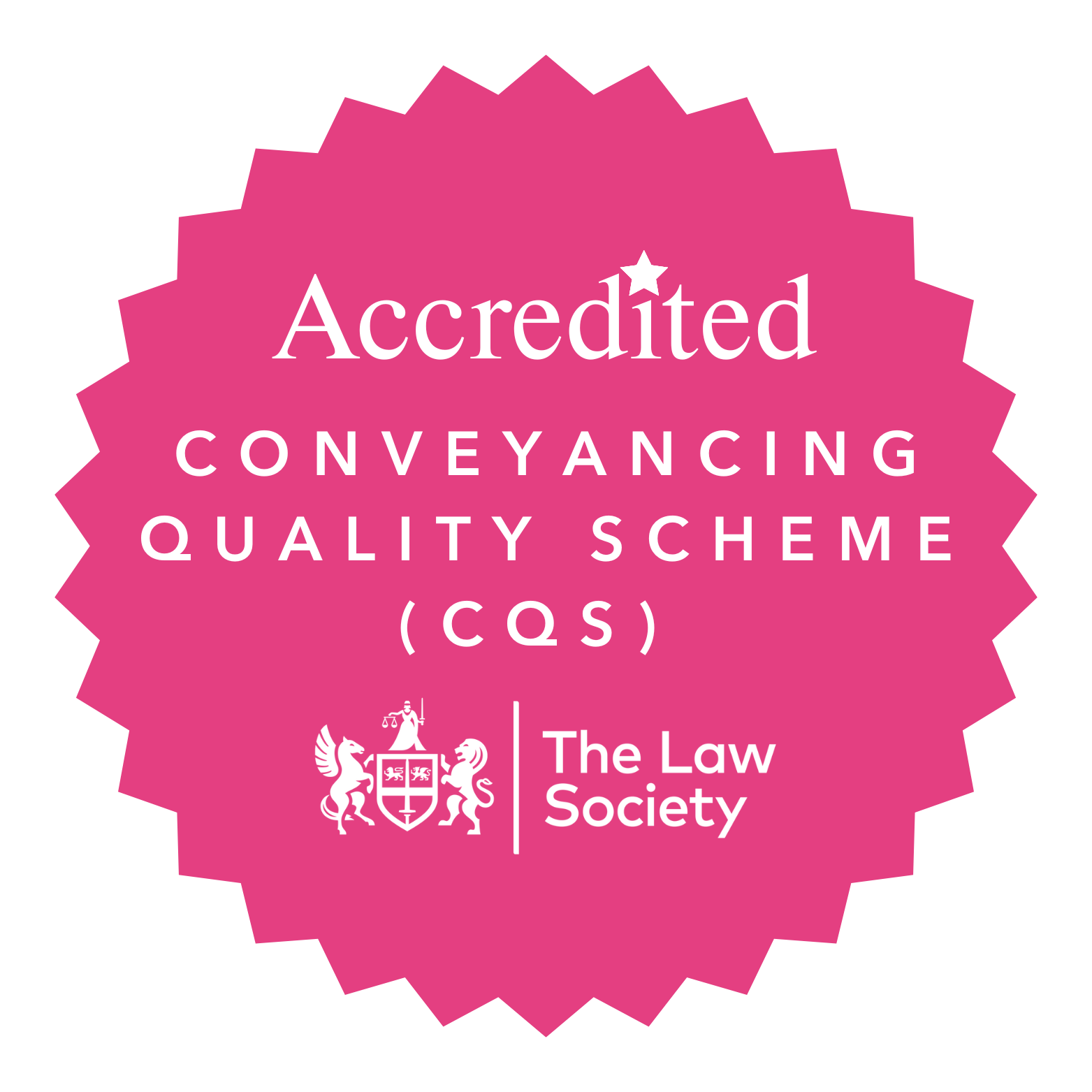You can get divorced in England or Wales if all of the following are true:
- you’ve been married for over a year
- your relationship has permanently broken down
- your marriage is legally recognised in the UK (including same-sex marriage)
Note: If the duration is less than 1 year, you can explore procedures for separating from your partner
Since the no-fault divorce became effective on April 6th, 2022 there's no requirement to provide a specific reason for seeking a divorce or dissolution.
The stages for the divorce process are:
1. Complete and submit a divorce application form, known as a D8 form.
Only one application is required for you and your partner and you can submit the application through:
- A joint application, where both of you apply together.
- A sole application, where either you or your partner applies individually.
There is a £593 fee to apply for a divorce and this can be done online or by post. Note that you may be able to get help with fees if you get benefits or are on a low income.
2. Once the application is acknowledged by your spouse and after a 20 week cooling-off period, apply for a conditional order.
3. Six weeks after you have the conditional order, apply for a final order.
It's important to remember that the divorce process alone does not sever the financial ties between you and your partner. To achieve financial independence, it is necessary to reach a legally binding financial settlement agreement, outlining specifying how assets and wealth will be divided now that the marriage has concluded.
If applicable, arrangements for children must be addressed separately, independent of the divorce proceedings.
If you are in need of advice or more information on Divorce, contact our family law solicitors on 01827 317070 or email sdavies@pickerings-solicitors.com
What do I need in order to complete a divorce application?
You will need:
- yours and your husband or wife's full name and address.
- your original marriage certificate or request an official copy of your marriage certificate.
- an Application Form, known as a D8.
- to pay a court fee of £593.
How can I complete a divorce application?
You can apply on-line here or you can apply via post.
You will need:
- to send 3 copies of the Application Form, known as a D8 to your nearest divorce centre. The Court will send you a copy back, one to your spouse and keep a copy on file.
- pay by debit or credit card or by cheque – made payable to ‘HM Courts and Tribunals Service’.
What happens after I submit a divorce application?
After submitting your application, the court checks it. If everything is correct, you'll receive notice that it's been processed, along with a copy of your application and a case number.
Your spouse gets a copy too, with a form called Acknowledgement of Service. They have 14 days to complete and return it, confirming they received the application. If your spouse agrees by returning the form, you can then apply for a conditional order. This is the first step in the divorce process, indicating the court sees no reason to prevent the divorce.
What do I do if I don't know my spouses address? What if my spouse refuses to return the Acknowledgment of Service?
Without your spouses address, they cannot be notified of the divorce application. It may be possible for your solicitor to arrange for a process server to personally deliver it to another address - be it their work or another known address. You will be charged a fee for this service but it will provide a statement of service. This statement can then be a substitution for the signed Acknowledgement of Service, allowing the divorce process to continue.
After personal service, you can proceed irrespective of whether they choose to cooperate or not.
What does the conditional order mean in divorce, and how do you obtain it?
Once the application is acknowledged by your spouse and after a 20 week cooling-off period, you apply for something called a conditional order. This happens early on in the process and doesn't mark the conclusion of the marriage. At this point, the couple remains legally married and have the option to stop the divorce proceedings should they wish to.
To obtain a conditional order;
- carefully review the provided guidance and complete the application form called a D84.
- submit the application to the court, accompanied by a supporting statement verifying the accuracy of the application's contents.
- upon review of the documentation, if the court determines that the applicant is eligible for a divorce, it will issue a certificate of entitlement to a conditional order, specifying the date for pronouncement. Typically, there's no need to personally attend court for the pronouncement unless a disagreement arises over a cost order.
How do I complete my divorce after the conditional order has been announced?
Six weeks and a day after the court makes the conditional order, you can apply to the court for a final order (either as a sole applicant or as joint applicants with your spouse).
This legally ends your marriage and must be obtained through a notice of application to the court, ensuring adherence to time limits and confirming no other reasons exist to deny the divorce.
If over 12 months have passed since the conditional order, a brief statement is required, confirming no reconciliation and no additional children. Access the final order application, known as a D36 Form here.
Once processed, the court sends the final order to both parties, marking your official divorce. It's important to note that if you were wanting to remarry in the future that you will need to show this document, so it's important to keep it safe.
How long does divorce take?
If both parties involved co-operate and complete everything as early as they can, the whole divorce process can take anywhere between 6 to 8 months on average. If however, there are disagreements or delays along the way, the process could take longer resulting in potentially higher legal costs too.



